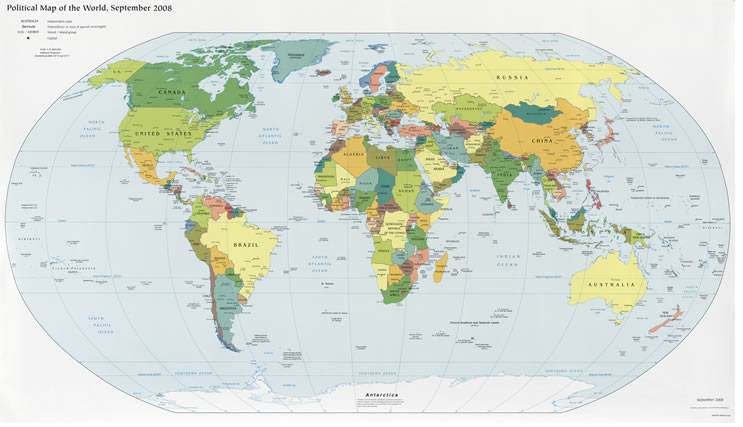Introduction
- Ask students if they’ve even seen a map before and if they can share with the class what they are for.

- Find out where students have read a map. (In the Social Studies book)
- Ask students what they know about maps.]
Prompt students by pionting to the map. Some students will say the word in spanish, this is ok. Make sure that you give them the word in English
(image, flat, drawing, earth, parts of the earth, country, cities, landforms, bodies of water, ocean, sea, Dominican Republic)
Explicit Instruction/Teacher Modeling
- Pass out the Using a Map Key worksheet. [poner hoja como imagen y para imprimir]
- using-map-key
- Explain that maps have a map key, where the user can see what symbols represent on a map.
Vocabulary words: city, park, university, capital, baseball field
Educando recomends that you ask:
- What is our city or town?
- What is our capital city?
- Have students look at the map key on the worksheet.
- Complete the worksheet together as a class.
Guided Practice/Interactive Modeling
- Pass out the Reading a Map worksheet.
- Vocabulary words: picnic table, park, swings, stop sign, slide, circle, triangle
- reading-a-map
- Complete the worksheet together as a class.
- Show students how to make a map of a room on the board.
- Make sure you include a map key!
Independent Working Time
- Pass out blank paper to each student or group of students
- Students will create a classroom map including a map key.
- Point out landmarks in your classroom that may be important for students to include.

Part of this lesson was taken from


